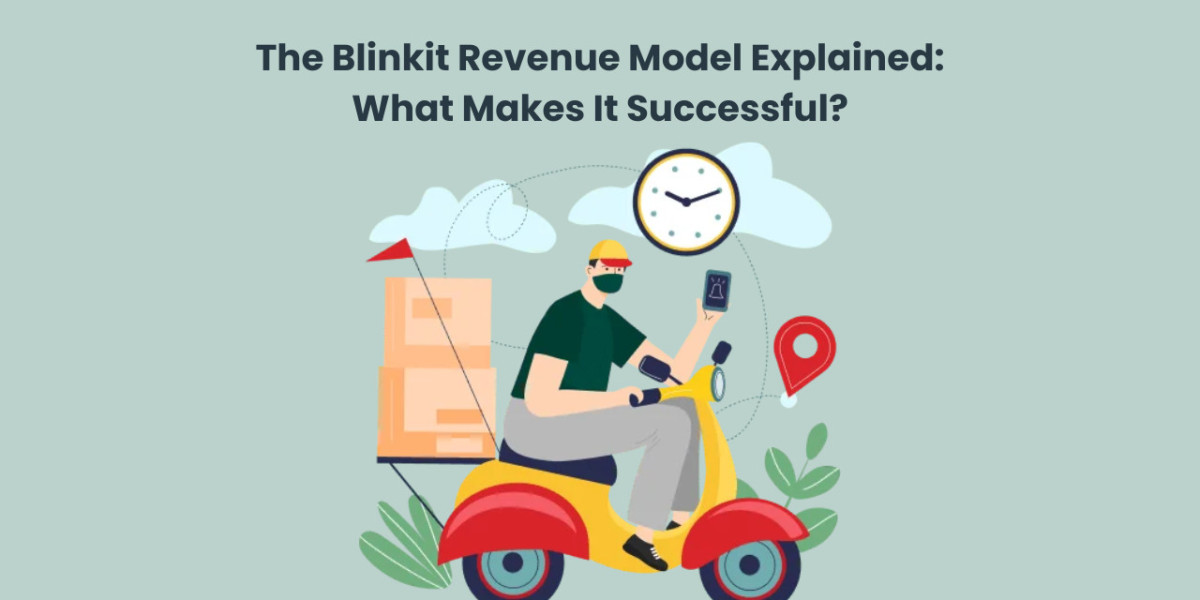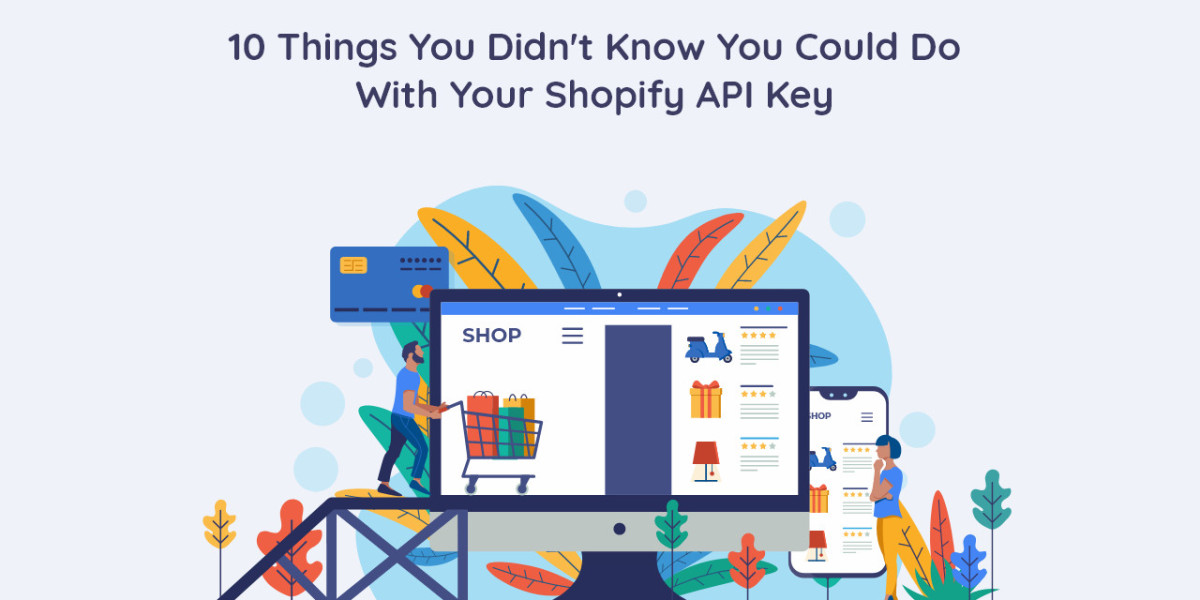In the ever-growing world of e-commerce, Blinkit has emerged as one of the leaders in the online grocery delivery space in India. Known for its promise of quick deliveries, Blinkit has carved a niche for itself in an otherwise crowded market. But what makes Blinkit revenue model so successful? This blog post will break down how Blinkit earns money, the strategies it uses, and why it’s able to thrive in such a competitive environment.
What is Blinkit?
Blinkit, previously known as Grofers, is an online grocery delivery service that operates in several cities across India. The company offers a wide range of products, from groceries and personal care items to household essentials and even pet food. Blinkit is particularly known for its ultra-fast delivery service, which promises to get products to customers within 10 minutes of placing an order.
Blinkit has grown rapidly over the years by focusing on customer convenience and speed. Instead of waiting for hours or days for an order to arrive, customers can now get their daily needs delivered at lightning speed. This is made possible through a network of strategically placed warehouses, advanced technology, and a fleet of delivery partners.
Blinkit’s Revenue Model
To understand what makes Blinkit successful, it’s important to take a close look at its revenue model. Unlike traditional retail businesses that rely mainly on product sales, Blinkit has several revenue streams that keep the company profitable. Let’s explore the different ways Blinkit makes money.
Delivery Charges
One of the most straightforward ways Blinkit generates revenue is through delivery charges. For every order placed on the platform, customers are typically required to pay a delivery fee. While some competitors in the market may offer free delivery on large orders, Blinkit uses delivery fees as a way to offset its operational costs.
The delivery fee is generally calculated based on factors like order size, distance, and urgency. For instance, customers living farther away from a warehouse may be charged a higher delivery fee compared to those living closer to a store. Additionally, Blinkit charges delivery fees even on smaller orders, ensuring it covers the costs of maintaining its fleet of delivery vehicles.
Product Markup
As an e-commerce platform, Blinkit sources its products from suppliers and manufacturers. The company then sells these products to customers at a markup, which contributes to its revenue. The markup is generally small but still significant enough to keep the business profitable.
The markup may vary depending on the product category. For instance, fresh fruits and vegetables may have a different markup than packaged goods or personal care products. Since Blinkit focuses on offering convenience, customers are often willing to pay slightly higher prices for the convenience of fast delivery.
Subscription Services
Blinkit has also introduced subscription services for its loyal customers. For a monthly or yearly fee, customers can subscribe to Blinkit’s premium service, which offers several benefits. These benefits typically include reduced or free delivery charges, exclusive discounts, and priority access to certain products.
Subscription models like this help Blinkit generate predictable, recurring revenue. Customers who subscribe to these plans are more likely to keep using the app regularly, ensuring that Blinkit has a steady flow of income from its subscription base. Moreover, these subscriptions help build customer loyalty, which is key in a highly competitive market.
Advertising Revenue
As Blinkit continues to scale, it has started generating revenue from advertising. Much like other online platforms, Blinkit allows brands to advertise their products on the app. These advertisements can appear in various formats, such as banner ads, sponsored listings, or featured products on the homepage.
The revenue Blinkit generates from ads is substantial because it allows brands to reach millions of users who are actively shopping for products. Brands pay Blinkit to feature their products in a prominent position, giving them more visibility and increasing the likelihood of sales. This advertising revenue also helps Blinkit keep its platform fresh and engaging for customers, with new offers and promotions regularly appearing.
Partnerships with Local and National Brands
Blinkit also enters into partnerships with national and local brands to sell their products on the platform. These partnerships allow Blinkit to offer a wide range of products and brands, catering to a broad customer base. Brands often pay Blinkit a commission on sales made through the platform or pay for promotional opportunities to increase product visibility.
By partnering with well-known brands, Blinkit attracts more customers who are looking for trusted and quality products. These partnerships also allow Blinkit to expand its offerings and stay competitive in the market.
Data Monetization
While not a direct revenue stream in the traditional sense, Blinkit collects a vast amount of data on customer behavior, preferences, and purchasing patterns. This data can be valuable for marketing and improving the customer experience. Additionally, Blinkit may use this data to inform its business strategies or sell insights to third parties (such as brands or market research firms) that are interested in consumer trends.
Data is one of the most valuable assets in today’s business world, and Blinkit has leveraged its app and customer base to collect valuable insights. This allows the company to fine-tune its operations, improve the customer journey, and generate more revenue by offering targeted promotions.
Read More: Gojek Clone App: Manage All Your Services in One Place
Blinkit’s Key Success Factors
Now that we understand Blinkit’s revenue model, let’s look at some of the factors that contribute to its success.
Focus on Speed and Convenience
One of the main reasons Blinkit has become so successful is its focus on speed. Blinkit promises deliveries within 10 minutes, a service that has gained a lot of attention in the fast-paced world of e-commerce. This ultra-fast delivery has become a major selling point, especially for customers who need products urgently.
The convenience factor is another key to Blinkit’s success. With just a few taps on the app, customers can order groceries, household products, and more, and have them delivered to their doorstep in record time.
Strong Logistics and Warehouse Network
To deliver products so quickly, Blinkit has invested heavily in building a network of warehouses in key locations. These warehouses, often referred to as “dark stores,” are strategically placed to ensure that orders can be fulfilled as quickly as possible. By keeping products in smaller, more localized warehouses, Blinkit can reduce delivery times and keep costs low.
Customer-Centric Approach
Blinkit has always placed customer satisfaction at the core of its business strategy. By offering features like easy-to-navigate apps, personalized recommendations, and frequent discounts, Blinkit keeps its customers engaged and satisfied. Happy customers are more likely to return and make repeat purchases, which helps Blinkit maintain its position as a market leader.

Conclusion
In conclusion, Blinkit's success can be attributed to its diverse revenue streams, including delivery charges, product markup, subscriptions, advertising, and strategic partnerships. The company’s emphasis on fast delivery, efficient logistics, and customer satisfaction has allowed it to build a loyal customer base and stand out in the competitive online grocery market.
For businesses looking to replicate Blinkit’s success, developing a user-friendly and efficient app is essential. Working with a skilled on-demand mobile app development company can help you build the kind of platform that meets customer needs, integrates seamless logistics, and keeps customers coming back. With the right technology and strategies, businesses can follow Blinkit’s lead and achieve similar success in the e-commerce space.




